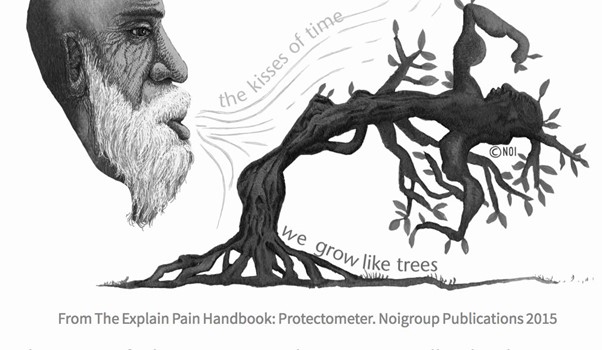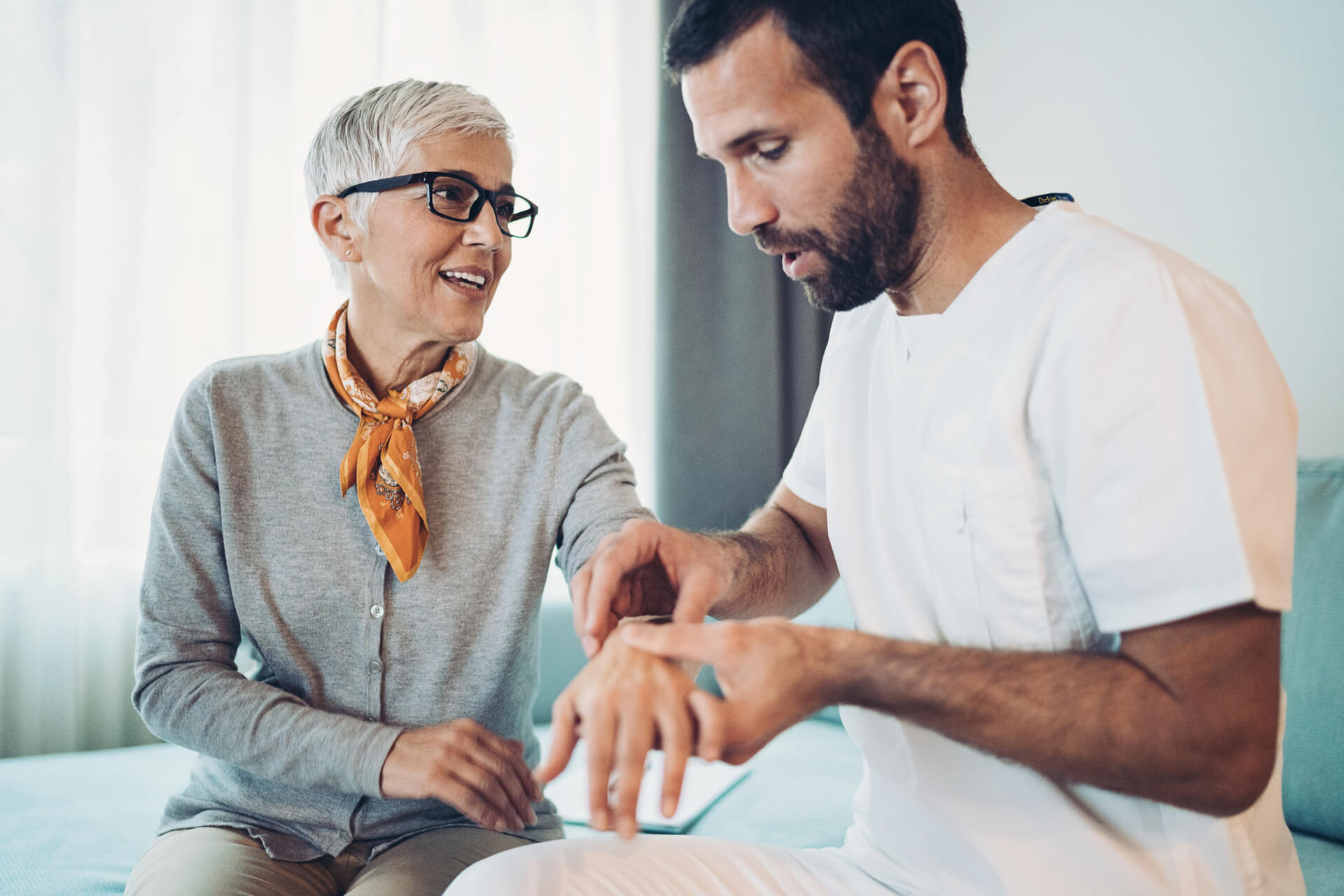I reflect to a time many years ago, an interaction with an orthopaedic surgeon following a very simple right hip arthroscope, it was a follow up appointment, maybe a fortnight or so later I felt fine, back on the bike and getting started with some rehabilitation.
What they said next has stuck like glue, initially and for a very long time in a negative context.
They said, ‘You have some early degenerative changes and will most likely require a joint replacement in the future’, I was 19 at the time, words stick! Let us use them carefully.
It is not uncommon for people to describe their painful and sore joints as having been through a process of ‘wear and tear’, and a lot of the time they have received this messaging from health care clinicians.
The belief that osteoarthritis (OA) is caused by wear and tear results in worry that weight bearing exercise will exacerbate joint damage and these concerns may cause people to reduce activity levels or avoid activity (Darlow et al., 2018).
This is not helpful messaging!
Lo et al., (2018) followed 1,203 individuals already diagnosed with knee OA over 10 years, they found that self-selected running was associated with improved knee pain and not with worsening radiographically defined structural progression.
That is just one example of a large cohort that clearly suggest that if we load our joints we will not wear them out, in fact they will thank you for it!
But, you have a scan on your joints already and maybe it says scary things like joint space narrowing, osteoarthritic changes and degeneration.
That may be the case but as Culvenor et al., (2018) demonstrated is a recent systematic review, the knees of 4751 asymptomatic (meaning they have NO knee pain) adults over the age of 40 were scanned and an impressive 19-43% displayed findings consistent with osteoarthritis.

So, you can have joint findings suggestive of osteoarthritis and experience no pain!
What if we reframed the narrative, instead of ‘wear and tear’ we are ‘sore but safe’, knowing that with movement comes many important benefits for example the production of anti-inflammatory factors such as IL-6 (myokine), IL-1ra and IL-10 (Runhaar et al., 2019).
So, you could say that ‘motion is lotion’.
If you would like help with managing your OA symptoms feel free to get in contact with the team at Lifecare Malvern.
Benjamin De Riter
Physiotherapist at Lifecare Malvern
Ben has a background in Education and Exercise Science. He also has a keen interest in the assessment and management of running and cycling related injuries along with hip and groin pathology.
References
- Culvenor, Adam G, Øiestad, Britt Elin, Hart, Harvi F, Stefanik, Joshua J, Guermazi, Ali, & Crossley, Kay M. (2018). Prevalence of knee osteoarthritis features on magnetic resonance imaging in asymptomatic uninjured adults: a systematic review and meta-analysis. British Journal of Sports Medicine, 53(20), 1268–1278. https://doi.org/10.1136/bjsports-2018-099257.
- Darlow, B., Brown, M., Thompson, B., Hudson, B., Grainger, R., McKinlay, E., & Abbott, J. H. (2018). Living with osteoarthritis is a balancing act: An exploration of patients’ beliefs about. BMC Rheumatology, 2, 15. doi: 10.1186/s41927-018-0023-x
- Lo, G. H., Musa, S. M., Driban, J. B., Kriska, A. M., McAlindon, T. E., Souza, R. B., Petersen, N. J., Storti, K. L., Eaton, C. B., Hochberg, M. C., Jackson, R. D., Kwoh, C. K., Nevitt, M. C., & Suarez-Almazor, M. E. (2018). Running does not increase symptoms or structural progression in people with knee osteoarthritis: data from the osteoarthritis initiative. Clinical rheumatology, 37(9), 2497–2504. https://doi.org/10.1007/s10067-018-4121-3.
- Runhaar, J., Beavers, D. P., Miller, G. D., Nicklas, B. J., Loeser, R. F., Bierma-Zeinstra, S., & Messier, S. P. (2019). Inflammatory cytokines mediate the effects of diet and exercise on pain and function in knee osteoarthritis independent of BMI. Osteoarthritis and cartilage, 27(8), 1118–1123. https://doi.org/10.1016/j.joca.2019.04.009.

